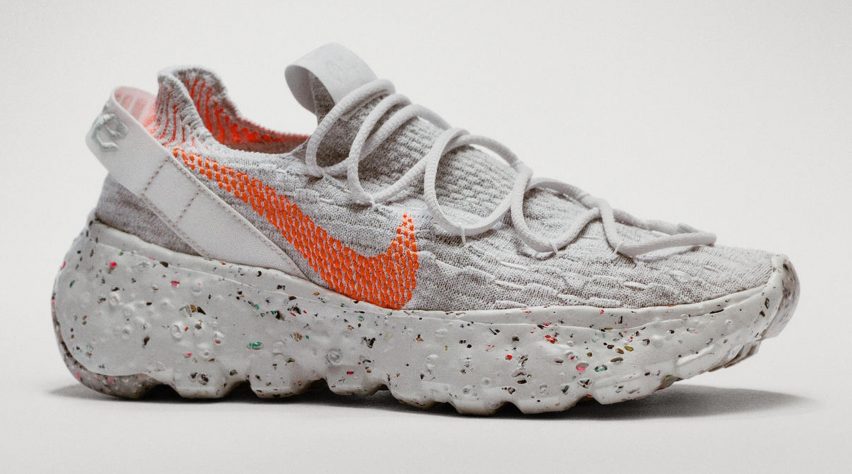
Since the 1990s, Nike has faced a number of scandals, including but not limited to, unethical and dangerous labour conditions in oversea factories, paying its workers a below-living wage and an overall abhorrent environmental impact.
In the past 20 years, they have been attempting to amend its bad reputation through a series of sustainability initiatives. These initiatives are said to have transformed the company into one of the leading contenders for sustainable sportswear. Business of Fashion says that Nike has become “a recognised sustainability leader” and Morgan Stanley even ranked Nike in 2015 as the most sustainable apparel and footwear company in North America.
So what are some of Nike’s sustainability initiatives that help them reduce their carbon footprint?
In recent news, Nike partnered with non-profit organization Ocean Conservancy and announced the Artic Shipping Corporate Pledge. This initiative states that Nike will not ship any type of cargo through the Arctic ocean in hopes to preserve the climate’s temperature, since the Arctic plays a key role in global temperature regulations. These routes, even though they cut down on transit time, expose the arctic to dangerous greenhouse gases that can speed up the rising temperature of the Arctic’s climate.
Janis Searles, the CEO of Ocean Conservancy said; “Ocean Conservancy applauds Nike for recognizing the real bottom line here is a shared responsibility for the health of the Arctic – and believes the announcement will spur much-needed action to prevent risky Arctic shipping and hopes additional commitments to reduce emissions from global shipping will emerge.”
Easily the boldest, Nike in 2019 declared a new commitment called “Move to Zero” where they hope to eventually operate with zero carbon emissions and zero waste. This initiative includes switching all their owned and operated facilities to 100% renewable energy by 2025, and reducing their carbon emissions by 30 percent before 2030.
Nike is credited for recycling over 1 billion plastic water bottles per year into materials for their jerseys and various apparel. They also often use eco-friendly materials such as organic and recycled cotton and polyester.
Overall, Nike has embraced sustainability. That being said, they are far from perfect and it’s important to continually make them accountable. Like Good On You says, ‘It’s a start.’
To learn more, click the link below.
https://www.nike.com/ca/sustainability





